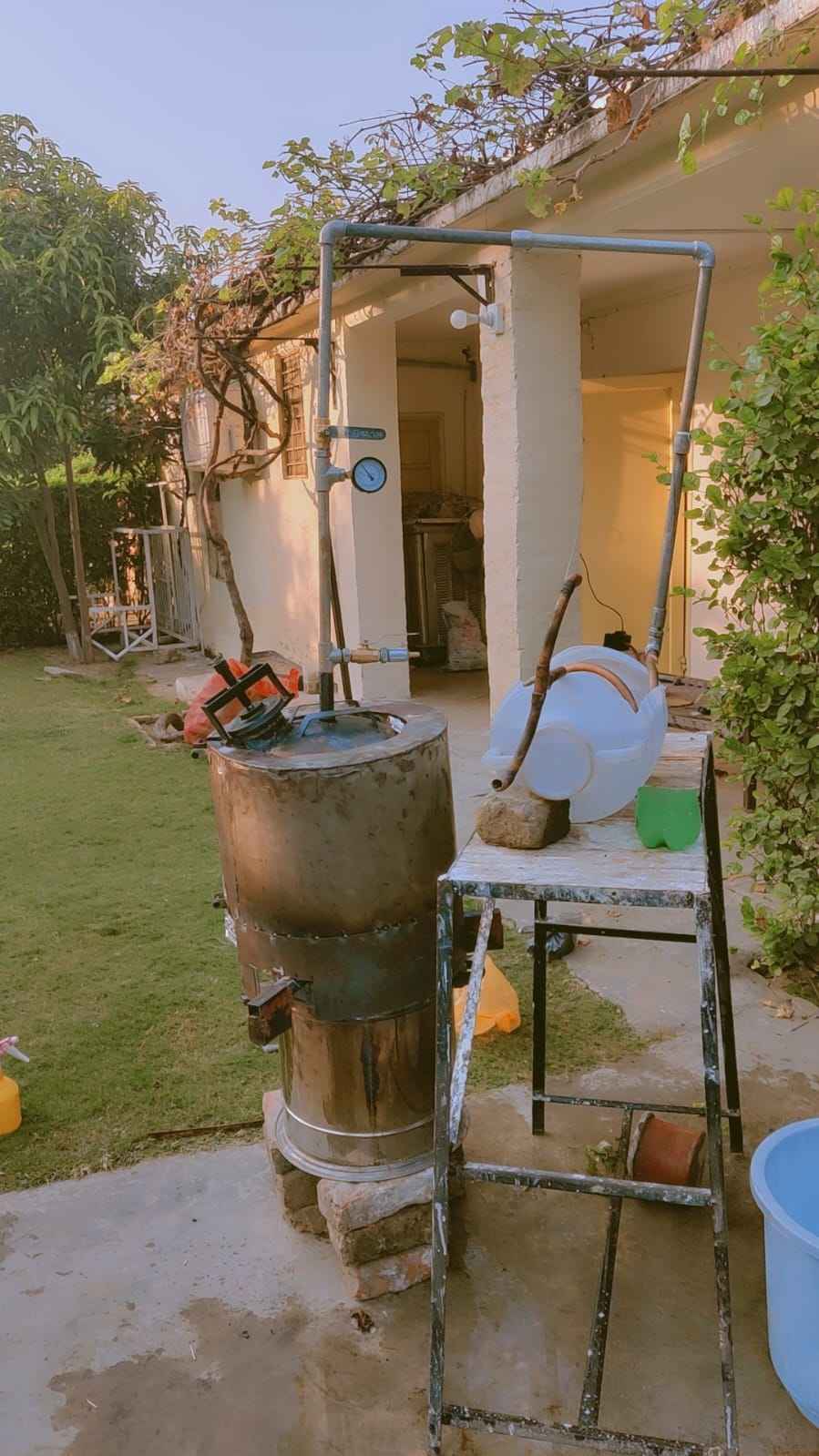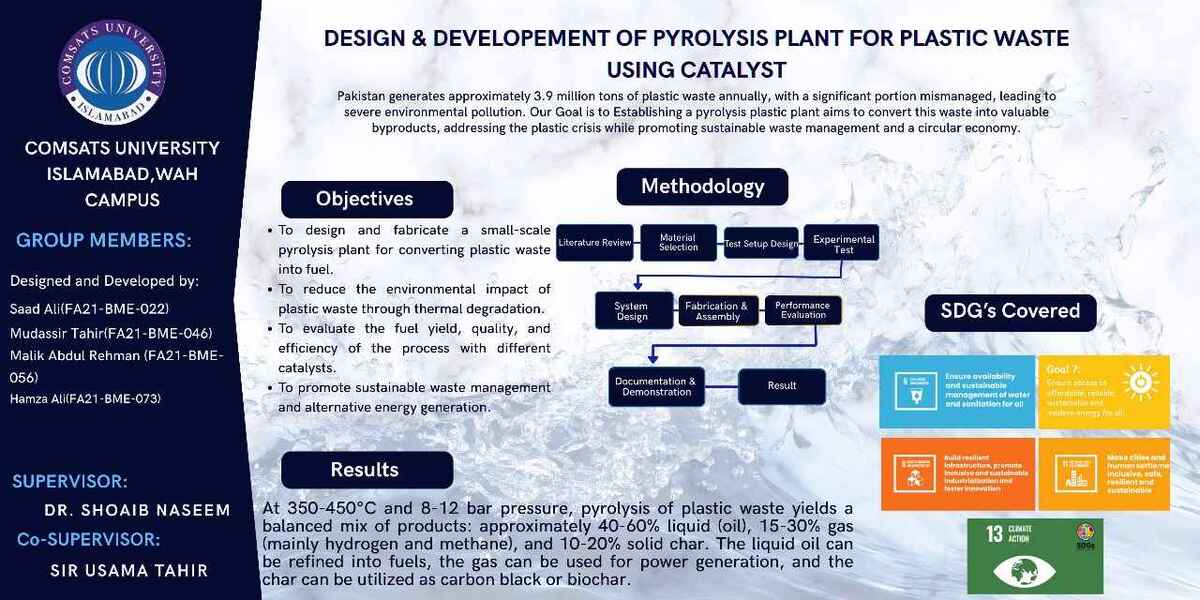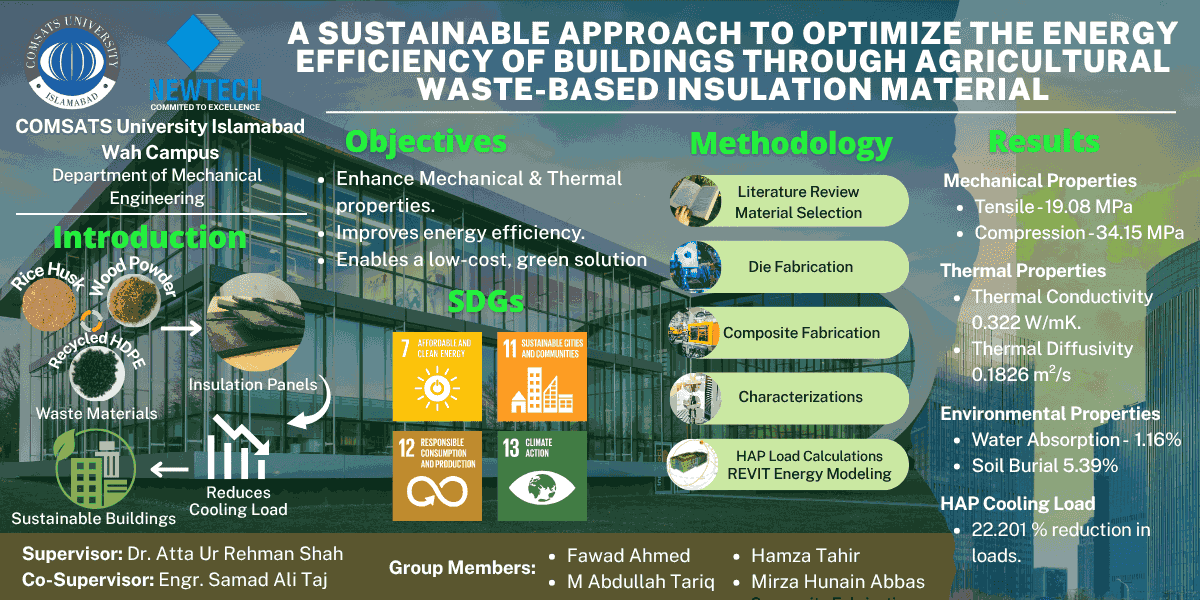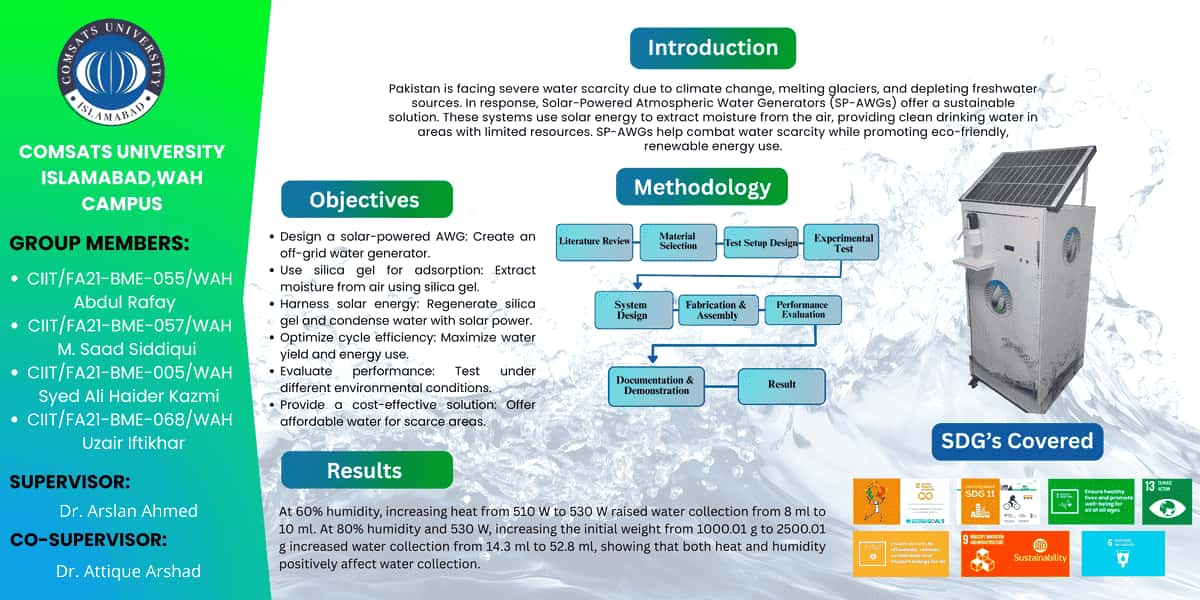Our project focuses on the design and development of a plastic pyrolysis plant that aims to convert waste plastic into valuable products such as fuel oil, gas, and char. A key feature of our project is the use of catalysts—specifically magnesium oxide (MgO), zinc oxide (ZnO), and aluminum oxide (Al2O3)—to enhance the efficiency and selectivity of the pyrolysis process. These catalysts help reduce the reaction temperature, improve fuel yield, and increase the overall economic viability of the process.The plant design includes essential components such as a feedstock chamber, reactor, condenser, gas collection unit, and residue collection system. This project not only contributes to sustainable waste management but also promotes the concept of a circular economy by converting non-recyclable plastic into usable energy sources. It integrates principles from thermodynamics, chemical engineering, and mechanical design, providing a multidisciplinary learning experience.
Objectives
To design and fabricate a small-scale pyrolysis plant for
converting plastic waste into fuel.
To utilize and compare the performance of catalysts (MgO, ZnO,
and Al2O3) in the pyrolysis process.
To reduce the environmental impact of plastic waste through
thermal degradation.
To evaluate the fuel yield, quality, and efficiency of the process
with different catalysts.
To promote sustainable waste management and alternative
energy generation.
To apply principles of thermodynamics, chemical reactions, and
mechanical design in a practical engineering project.
To demonstrate the technical and economic feasibility of
catalytic pyrolysis at a small scale.
Socio-Economic Benefit
Reduction in Plastic Pollution: Helps clean the environment by
converting non-recyclable plastic waste into useful products.
Alternative Fuel Source: Produces low-cost fuel that can reduce
dependency on imported fossil fuels.
Job Creation: Promotes employment opportunities in waste
collection, plant operation, and fuel distribution.
Economic Uplift of Informal Sector: Supports local waste pickers
and recyclers by adding value to collected plastic.
Energy Access for Rural Areas: Provides a decentralized energy
solution for communities with limited energy access.
Cost-Effective Waste Management: Offers a sustainable and
affordable method for municipalities to manage plastic waste.
Encouragement of Green Entrepreneurship: Opens avenues for
small-scale businesses in renewable energy and recycling sectors.
Health Improvements: Reduces risks related to open burning
and dumping of plastic waste, leading to cleaner surroundings and
better public health.
Methodologies
Methodology:
The methodology of this project involves a systematic approach
combining design, experimentation, and analysis to develop a
functional plastic pyrolysis plant. The process can be divided into
several key stages: material collection, plant design, catalyst
selection, experimental setup, pyrolysis reaction, and product
analysis.
1. Plastic Waste Collection and Preparation:
The first step involves collecting different types of plastic waste,
primarily polyethylene (PE), polypropylene (PP), and polystyrene
(PS), which are common in household and industrial waste
streams. These plastics are sorted, cleaned to remove
contaminants, and shredded into small uniform pieces (typically
1–2 cm) to ensure consistent thermal decomposition during
pyrolysis.
2. Design and Fabrication of Pyrolysis Plant:
A batch-type pyrolysis reactor was designed using basic principles
of heat transfer, material strength, and thermal insulation. The
main components include:
A reactor chamber made of stainless steel for
withstanding high temperatures.
A heating system (electric or gas burner) to supply
controlled heat to the reactor.
A condenser unit for cooling and collecting pyrolysis
vapors into liquid fuel.
A gas collection chamber to separate non-condensable
gases.
A char collection unit for solid residues.
The system is thermally insulated to minimize heat loss, and
temperature sensors are installed to monitor the reaction.
3. Catalyst Selection and Preparation:
Three catalysts—magnesium oxide (MgO), zinc oxide (ZnO), and
aluminum oxide (Al2O3)—are selected based on their known
catalytic activity, thermal stability, and cost-effectiveness. These
catalysts are ground to a fine powder and mixed with the plastic
feedstock at different ratios (e.g., 5–10% by weight) before being
fed into the reactor. Each catalyst is tested separately in different
batches for performance comparison.
4. Pyrolysis Process:
The reactor is sealed and heated in the absence of oxygen to
initiate the pyrolysis reaction. The temperature is gradually
increased to around 400–500°C, depending on the type of plastic
and catalyst used. As the plastic decomposes, vapors are produced
and passed through the condenser. The condensed vapors are
collected as pyrolysis oil, while non-condensable gases are
captured and, if sufficient, recycled as fuel for heating. The
remaining char is collected at the bottom of the reactor.
Each batch is run under controlled conditions to ensure safety and
repeatability. Multiple experiments are conducted with each
catalyst to determine the optimal operating temperature,
reaction time, and catalyst-to-plastic ratio.
5. Product Analysis:
The pyrolysis oil is analyzed for its physical and chemical
properties, including density, viscosity, calorific value, and
composition (via gas chromatography). The effectiveness of each
catalyst is evaluated based on: Oil yield (%), Reaction time Energy efficiency.
Outcome
This project involves the design and development of a small-scale
plastic pyrolysis plant to convert waste plastic into useful fuel
products. The pyrolysis process thermally decomposes plastic in
the absence of oxygen, producing fuel oil, gas, and char. To
enhance the efficiency and fuel yield, the project incorporates
catalysts such as magnesium oxide (MgO), zinc oxide (ZnO), and
aluminum oxide (Al2O3). The plant is designed for batch operation
and includes components like a reactor, condenser, and gas
collection unit. The project aims to offer an eco-friendly, cost
effective solution to plastic waste management while contributing
to alternative energy production. It also provides valuable insights
into sustainable engineering practices.






